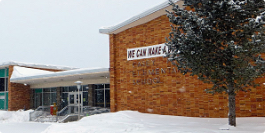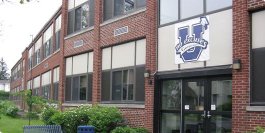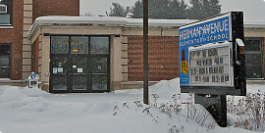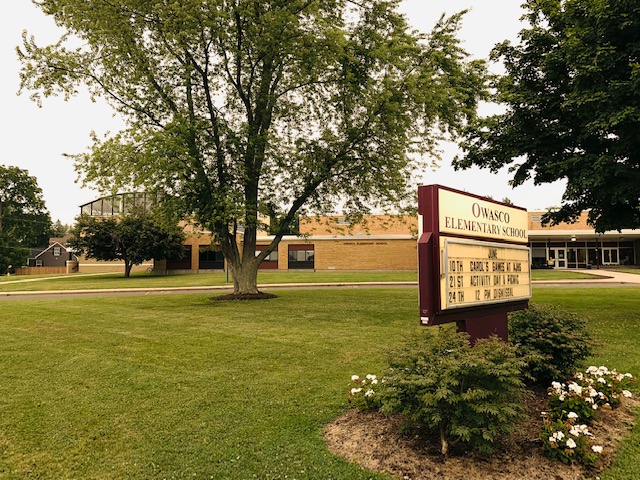Summer school helps elementary students be ready for the new academic year
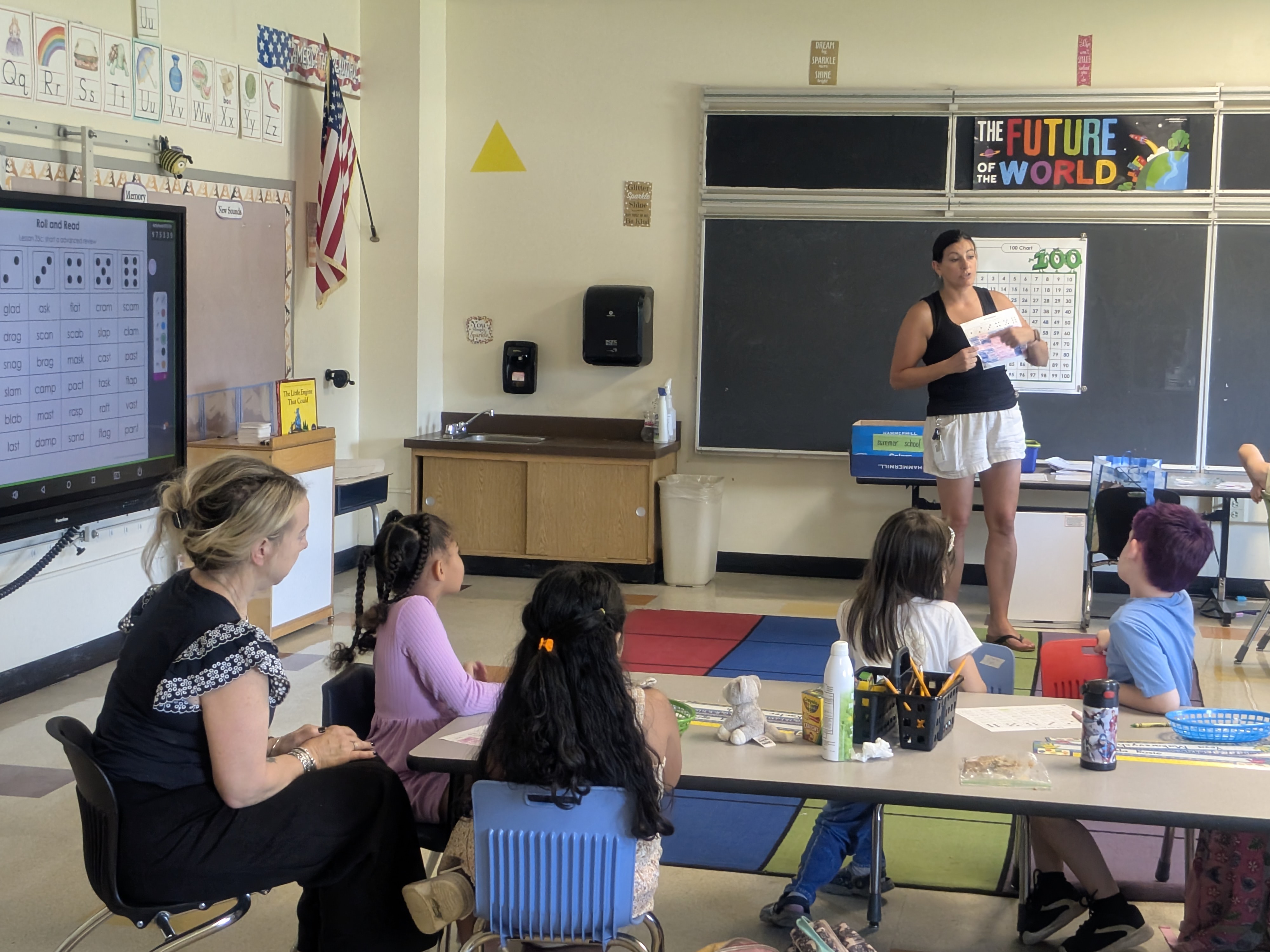
AECSD Public Information Specialist
While summer is a time for fun, some elementary students need extra support to stay on track for the next school year.
To help these students, the Auburn Enlarged City School District holds a six-week, four-day-a-week elementary summer school session at Seward Elementary. The classes help these students develop and maintain their foundational skills in English Language Arts (ELA) and math. About 200 students participate in the summer school program.
“Ten weeks is a long time to go without instruction,” said Amy Mahunik, the district’s Deputy Superintendent. “Summer school keeps young minds active and helps maintain early literacy and math skills.”
Their teachers identify students who need extra instruction before the end of the regular school year. The district uses data to determine what instruction a student needs to boost their skills.
“We target (learning) deficits so we can plan instruction to meet the needs of the children,” said summer school teacher Christine Siddall, who teaches first grade at Herman Avenue. “There are children who, for a variety of reasons, have some areas of growth and some gaps that need to be closed in order to be at grade level, and summer school shores up those areas of growth so that they can be successful.”
“We have been able to provide our students with strategic instruction so they're not losing as much in their early skill development,” Mahunik said. “I would emphasize it is skills-based, and it is data-driven. The teachers, our instructional coaches, and our administrative leaders use data from the end of the school year, so when the students come in, the summer school staff know exactly where the students are. They know the student's strengths, they know what areas they have gaps in, and they pick up where they left off. For six weeks, they work diligently in those areas and use engaging evidence-based strategies to set them up for success. That data is shared at the end of the summer to measure the growth and effectiveness of the program.”
The district has held elementary summer school for the last five years because it became evident that some students need extra instruction to keep up.
“When I walk into the classroom, students are working very hard, and the teachers are really looking to meet students where they're at, and I think they are definitely growing,” said Brianne Batis, Casey Park Elementary principal, who is also the summer school principal. “We're continuing to build on those skills they have from the end of the school year.”
Students from different grades can be grouped together to work on the same skills. For example, fourth and fifth graders can team up for math, or first and second graders for ELA.
“Students who might not be on the same level can be grouped appropriately,” Batis said, “so that we can support them wherever their needs are.”
Each classroom has multiple teachers and teaching assistants who can work with smaller groups of students of similar levels.
“We're focusing on reading and math, so our teaching consists of encouragement of foundational skills and interventions that target specific areas of growth,” Siddall said. “In math, it’s the same thing; build the skills needed for second grade. I'm honing in on those skills and ensuring that the children have them mastered for second grade.”
Batis said students who have gone through summer school should be set to start the new school year with the skills needed to succeed.
“I hope our students go in more prepared for the next grade level so that we don't see as much of that summer slide,” Batis said. “We look at how students performed at the end of the year and check their progress at the beginning of the next,” Batis said. “Our ultimate goal is to make sure they haven’t fallen behind and they are also able to build upon their skills.”




